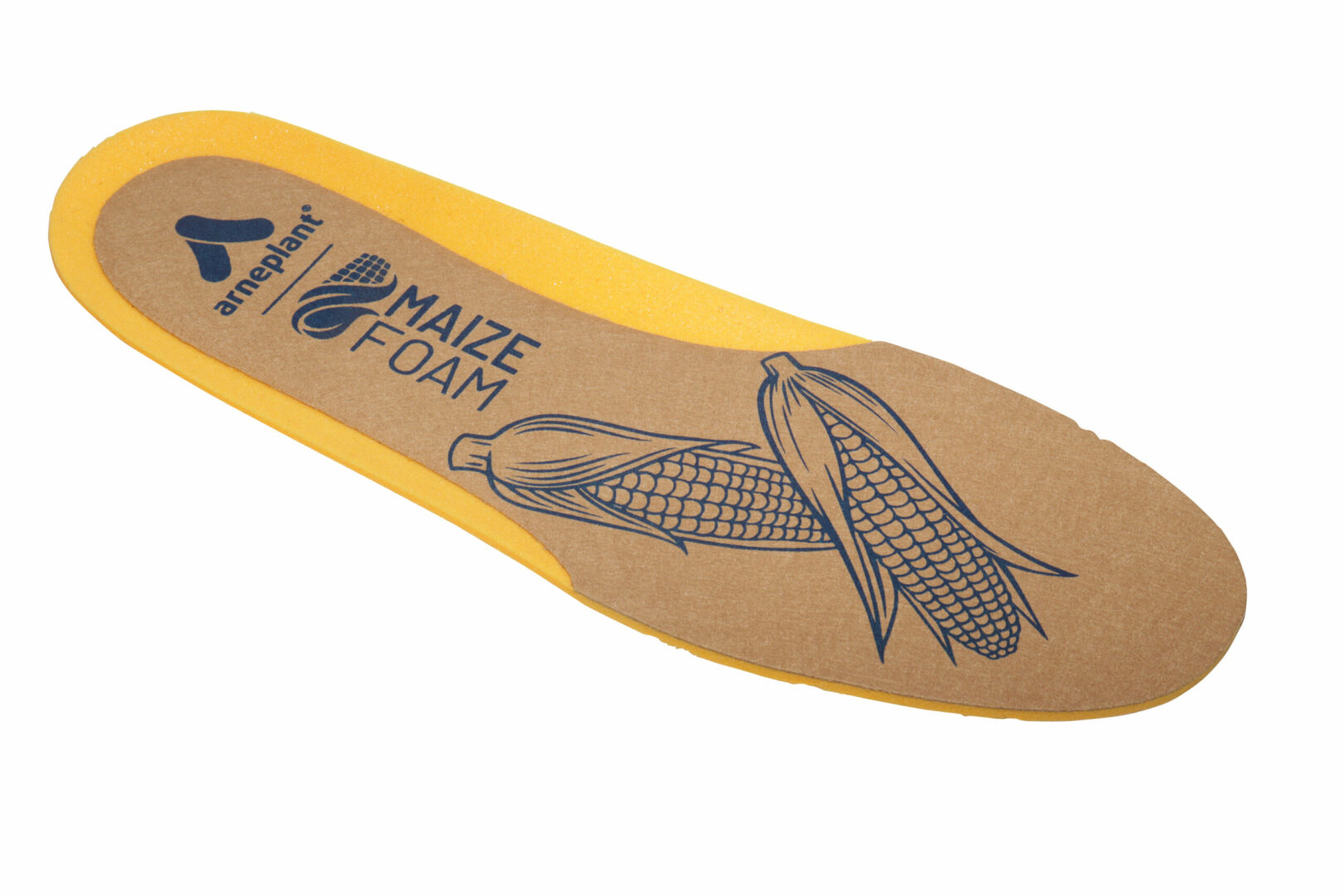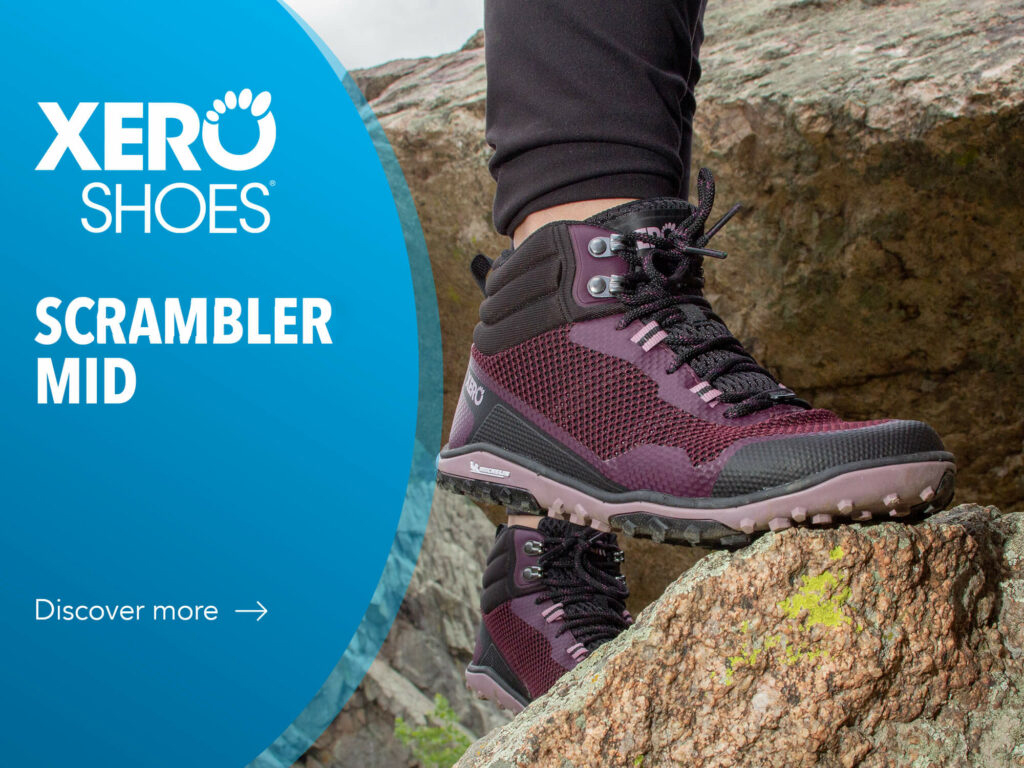When it comes to athletic, professional, and competitive performance as well as simple everyday activities, shoes have great importance although this is often overlooked.
Proper footwear can provide adequate cushioning and support, improve posture, reduce joint stress, and increase stability and balance. Thus, not all shoes (and soles) are the same.
Four basic categories of shoes
Shoes can be divided into different categories based on various factors such as use, material used, shape and design.
However, in general, shoes can be divided into fuor basic categories.
Sports and Outdoor shoes. These shoes are designed for performance activities and may include running shoes, basketball shoes, soccer cleats, tennis shoes, hiking shoes, etc. They are made to provide the support, cushioning and stability needed for specific sports and Outdoor activities.

Work & Safety shoes. For people who perform jobs that require specific safety, comfort, and durability requirements, such as work boots, safety shoes, steel-toed shoes, etc. These shoes may have a reinforced sole, an orthopedic insole, or other specific features depending on the type of work they are intended for.
Casual shoes. Are generally developed for everyday use and to be worn with casual clothing. They can be sneakers, loafers, boat shoes, sandals, etc. They are typically comfortable and stylish.
Formal shoes. For occasions such as weddings, corporate events or formal evenings. They may include dress shoes, loafers, tuxedo shoes, etc. They are generally made of high-quality materials such as leather and have a sleek and elegant design.
Four basic categories of soles for shoes
In the same way that all shoes are not the same, all soles are not the same either. In fact, we can identify as many sole categories.
Soles for sports and outdoor shoes. For running shoes, for example, these soles tend to have a flat surface and strong cushioning and. The soles of basketball shoes, on the other hand, are usually thicker and offer better grip, while the soles of hiking shoes are often made of sturdy rubber for durability and traction on rough terrain.
Soles of work shoes. These soles should provide extreme safety and increased grip and wear resistance. They can be made of thick rubber with deep grooves for better traction on wet or slippery surfaces. Safety shoes may have steel soles to protect the foot from impact or crushing.

Casual shoe soles. Related soles can vary depending on the design and material used. For example, sneakers tend to be have rubber soles for better grip and lightness, while walking, meanwhile boat shoes may have rubber or leather soles to ensure adherence on boat decks. Sandal soles may be made of leather, rubber, or other materials depending on the model.
Soles of formal shoes. Often made of leather, they may have a slim shape with a low heel. The sole may be smooth or grooved depending on the model.
Knowing the different types of soles available and their benefits can help you make an informed decision when choosing your shoes, ensuring you get a pair of shoes that will work well, last a long time and be suitable for any situation.
You may also be interested in the following articles:

The soles that will save the planet
Plenty of sole manufacturers are exploring different and more sustainable solutions for making footwear structures. Recycling and bio-materials the most popular solutions.

The passion for shoes, evolving like technology
Shoes, technology and passion. The world of footwear, trends and latest evolutions.

Cooking shoes: the right choice
Shoes for cooking. the role of footwear is often underestimated, but it can make all the difference in the kitchen.













































